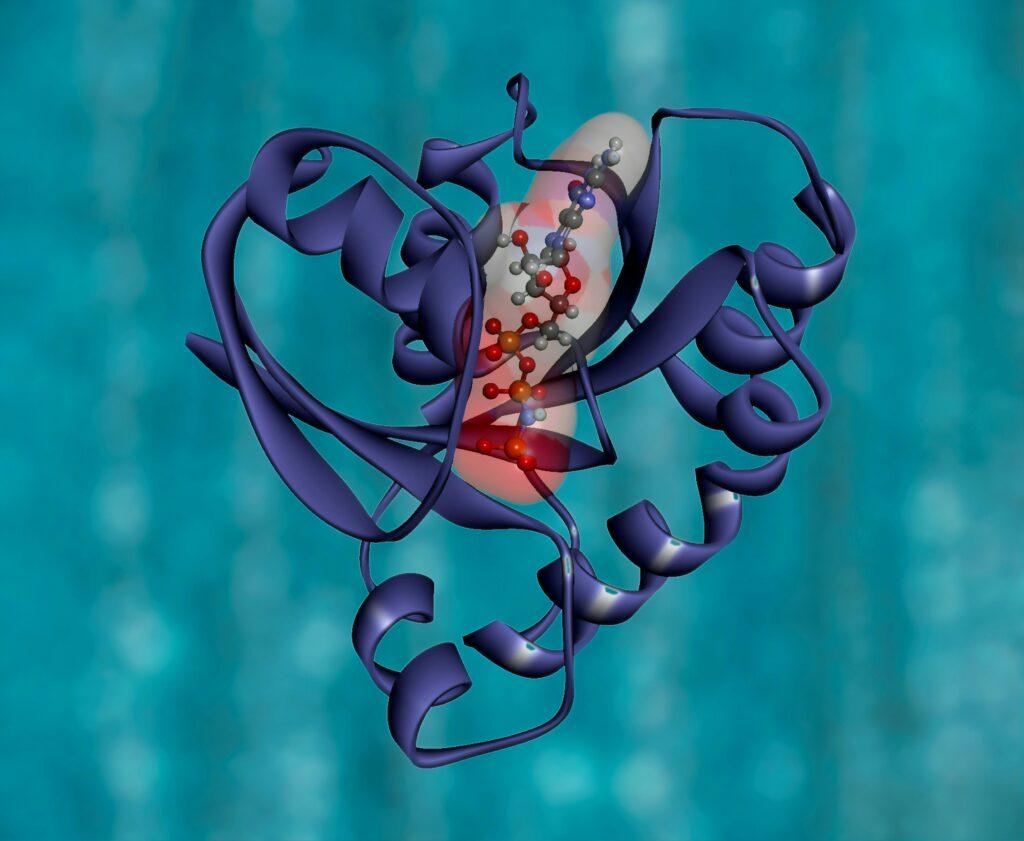Small molecule screening is a cornerstone of modern drug discovery and biomedical research. This process involves the identification and analysis of compounds that can modulate specific biological targets or pathways. The following methods are central to small molecule screening:
List of content:
- Assay Technologies
- High-Throughput Screening (HTS)
- Image-Based Screening
- Robotics and Automation
- Hit Selection and Quality Control
- Data Processing
1. Assay Technologies
Assay technologies form the bedrock of small molecule screening. They encompass a diverse range of techniques, including biochemical binding assays and cell-based phenotypic assays for:
- Assessing enzyme activity
- Measuring protein-protein interactions
- Monitoring transcription factor activity
- Tracking targeted protein degradation
- Utilize high-content imaging to detect cellular features and activities.
- Measuring binding affinity and specificity
- Identifying and quantifying potential therapeutic agents’ interaction with biological targets
These technologies enable researchers to analyze the effects of small molecules on various biological processes with precision and specificity. ¹
2. High-Throughput Screening (HTS)
HTS has the ability to test large numbers of compounds quickly and effectively. It can identify vast arrays of compounds, enabling the identification of small molecules and other entities that target both RNA functionalities and protein-protein interactions. This method can be:
- Structure-guided
- Proximity-based
- Affinity-based
- Competition-based
- Function-based.
HTS plays a crucial role in sifting through vast chemical libraries to find candidates with potential biological activity.²
3. Image-Based Screening
Image-based screening, often utilizing motor neurons or high-content imaging, is a powerful tool in identifying small molecules with specific biological activities. This method enables the visualization and quantification of cellular responses to small molecules, providing insights into their mechanisms of action and potential therapeutic applications. Complementing this, cell-based screening approaches allow for the assessment of compound effects in a living cellular context, enhancing the relevance of findings to physiological conditions. Similarly, phenotypic screening, which evaluates observable changes in cell morphology or behavior, further broadens the scope of discovery by identifying compounds that induce desirable phenotypic outcomes without prior knowledge of specific molecular targets.
4. Robotics and Automation
The integration of robotics and automation in small molecule screening has revolutionized the field. Automated robotic platforms facilitate the efficient and rapid processing of thousands to millions of compounds. This automation enhances the throughput and reproducibility of the screening process. Therefore, it is more efficient and less prone to human error.¹
5. Hit Selection and Quality Control
In small molecule screening, identifying promising hits involves rigorous quality control measures. Positive and negative controls are essential to ensure the assay’s reliability. Researchers also focus on identifying and eliminating compounds that may produce false-positive hits. This can refine the selection process for more accurate results.¹
6. Data Processing
The vast amounts of data generated during high-throughput screening require sophisticated data processing methods. Robotics, liquid handlers, and advanced processing software are utilized to collect, manage, and analyze this data. Efficient data processing is crucial for identifying the most promising compounds from the thousands tested in HTS campaigns.
Ready to Learn More?
The methods employed in small molecule screening are integral to identifying compounds. These compounds can be developed into tools for medical research or therapeutic drugs. Their ultimate goal is to discover a few compounds with the desired biological activity from a large set of compounds.
As technology advances, these methods continue to evolve. They offer more precise, efficient, and comprehensive ways to explore the vast chemical space in search of the next breakthrough in medicine and biology.³
At Arrayjet, we are committed to contributing to this journey. Our state-of-the-art microarray technology is designed to meet the evolving needs of researchers and industry professionals in life sciences. We understand the importance of precision, efficiency, and reliability in hit-identification for drug discovery.
Explore our site to find cutting-edge solutions tailored for a variety of applications, including small molecule microarrays for screening protein and RNA targets. Our SMM technology has been created to enhance your research capabilities, ensuring high-throughput, accuracy, and reproducibility when screening RNA and protein targets.
References
- Hadian K, Rothenaigner I. Brief Guide: Experimental Strategies for High-Quality Hit Selection from Small-Molecule Screening Campaigns. SLAS Discovery. 2021;26(7):851-854. doi: 10.1177/24725552211008862.
- Guo X, Guo Y, Wang L, Wu, You Q, Zhang H, Zhang Q. Methods for the Discovery and Identification of Small Molecules Targeting Oxidative Stress-Related Protein-Protein Interactions: An Update. Antioxidants (Basel). 2022;11(4):619. doi: 10.3390/antiox11040619.
- Janzen W. Screening Technologies for Small Molecule Discovery: The State of the Art. Chemistry & Biology. 2014;21(18):1162-1170. doi: 10.1016/j.chembiol.2014.07/015.


